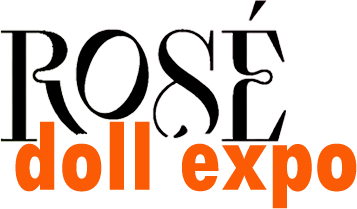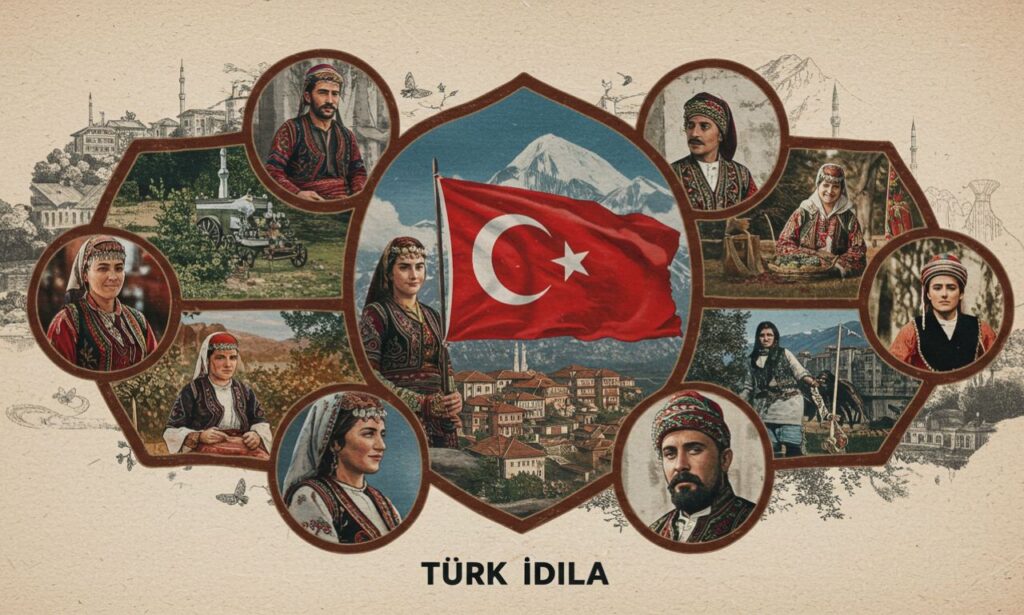Türkiye, a land rich in culture and history, is home to many unique traditions. One such tradition that stands out is Türk İdla. This vibrant form of expression captures the essence of Turkish identity while weaving together community ties. As we delve into this fascinating topic, you’ll discover how Türk İdla has evolved over time and its significant impact on the fabric of society in Turkey. From daily life to cultural events, Türk İdla creates connections among people and shapes their shared experiences. Join us as we explore the nuances of this captivating phenomenon!
What is Türk İdla?
Türk İdla is a vibrant expression of Turkish culture, encompassing various elements that resonate deeply with the nation’s identity. It serves as a medium through which stories, traditions, and values are passed down from generation to generation.
Characterized by its rhythmic melodies and storytelling, Türk İdla reflects the heart of community life in Turkey. It’s not just music; it’s an emotional journey for both performers and listeners.
This form often includes participation from local communities, making each performance unique. The audience becomes part of the experience rather than mere spectators.
In essence, Türk İdla embodies cultural richness while promoting unity among diverse groups within Turkey. Each note played connects people to their roots and reinforces their shared heritage.
The Origins and Evolution of Türk İdla
Türk İdla has deep roots in the cultural fabric of Turkey. Its origins trace back to ancient traditions that celebrated storytelling, music, and communal gatherings. Initially, these expressions served as a means of preserving history and fostering unity among various tribes.
As time passed, Türk İdla evolved through interactions with neighboring cultures. The introduction of instruments like the bağlama enriched its musical landscape. Folk tales morphed into elaborate performances that captured the essence of Turkish identity.
In modern times, it blends traditional elements with contemporary themes, reflecting societal changes and challenges. This evolution showcases how Türk İdla remains relevant while honoring its rich heritage. It’s not just an art form; it’s a living testament to resilience and adaptability within Turkish culture.
How Türk İdla Shapes Community and Identity in Turkey
Türk İdla plays a pivotal role in shaping community and identity across Turkey. It serves as a cultural anchor, binding individuals together through shared traditions and values.
Through expressions of Türk İdla, people find common ground. Festivals, local gatherings, and even informal meet-ups become platforms for reinforcing communal ties. These events celebrate heritage while fostering mutual respect among diverse groups.
Language is another vital component. The use of regional dialects within Türk İdla emphasizes uniqueness yet brings everyone closer. This linguistic diversity enriches conversations and strengthens bonds within communities.
Moreover, the art forms associated with Türk İdla reflect collective sentiments. Music, dance, and storytelling encapsulate experiences that resonate deeply with various societies in Turkey.
Turkish identity is woven into the fabric of daily life through these interactions influenced by Türk İdla. Each person’s experience contributes to a larger narrative that celebrates both individuality and unity.
Examples of Türk İdla in Daily Life
Türk İdla manifests in various aspects of daily life, offering a vibrant tapestry of cultural expression. One prominent example is the traditional music scene. Street musicians often play folk songs that resonate with the essence of Türk İdla, creating communal experiences in bustling markets and public squares.
Food also plays a crucial role. Local eateries serve dishes steeped in regional flavors and traditions, reflecting the identity shaped by Türk İdla. A family gathering around a table filled with homemade delicacies showcases this connection to heritage.
Artisans thrive under this influence as well. Handcrafted items such as pottery and textiles not only preserve techniques passed down through generations but also tell stories unique to Turkish culture.
Social gatherings celebrate local customs, from weddings to festivals, where dance and storytelling reign supreme. These moments reinforce the ties among community members while honoring their shared identity rooted in Türk İdla.
Criticisms and Controversies Surrounding Türk İdla
Türk İdla has faced its fair share of criticisms. Some argue that it promotes a narrow definition of Turkish identity, sidelining diverse ethnic and cultural backgrounds within Turkey. This perspective raises concerns about inclusion and representation.
Others highlight the commercialization of Türk İdla. As it gains popularity, some fear that authentic expressions are diluted for profit, transforming rich traditions into mere consumer products.
Political implications also arise in discussions around Türk İdla. Critics point out how certain groups attempt to wield it as a tool for nationalism, which can exacerbate social tensions or marginalize minority voices.
Artistic interpretations often provoke debate too. While many celebrate modern adaptations, purists contend these innovations stray too far from tradition, risking the loss of cultural heritage altogether. Each criticism reflects broader societal debates on identity and belonging in an ever-changing landscape.
The Future of Türk İdla
The future of Türk İdla is poised for transformation as it adapts to modern influences. Globalization, technology, and social media are reshaping how this cultural expression resonates with younger generations.
As new forms of communication emerge, Türk İdla may find itself blending with contemporary art and music styles. This fusion can attract a diverse audience while preserving its essence.
Moreover, educational initiatives could play a vital role in keeping Türk İdla alive. Workshops and festivals might cultivate interest among youth, ensuring the tradition evolves without losing its roots.
Cultural exchanges will further enrich Türk İdla’s narrative. The dialogue between traditionalists and innovators could lead to exciting collaborations that celebrate Turkey’s heritage while embracing change.
In this dynamic landscape, Türk İlda has the potential to become a symbol of unity amid diversity—reflecting both regional identities and broader global connections.
The Impact of Türk İdla on Turkish Society and Culture
Türk İdla serves as a vibrant thread woven into the fabric of Turkish society. It fosters a sense of belonging among diverse groups, bridging cultural divides.
Through music, dance, and storytelling, Türk İdla reflects shared histories and values. These artistic expressions resonate deeply within communities, nurturing pride in heritage.
The influence extends beyond tradition. Türk İdla has become a tool for social change, advocating for unity amid Turkey’s evolving identity landscape.
Youth increasingly engage with these practices, ensuring their relevance. This engagement sparks conversations about modernity versus tradition.
Moreover, Türk İdla plays a role in tourism. Visitors are drawn to its rich cultural offerings that showcase local customs and lifestyles.
In urban centers and rural areas alike, this phenomenon enriches daily life while reinforcing connections between generations. It creates spaces where individuals can explore their identities freely amidst changing societal norms.
Conclusion
Türk İdla serves as a vibrant thread that weaves together the rich tapestry of Turkish identity and community. It encapsulates both historical depth and contemporary significance. As this cultural phenomenon continues to evolve, it remains a powerful medium for expressing shared values and experiences within various communities across Turkey.
The impact of Türk İdla is visible in daily interactions, traditions, and even social media platforms where creativity flourishes. While its presence may spark debate due to differing interpretations or criticisms, these discussions only enrich the dialogue around what it means to be part of a collective identity in today’s rapidly changing world.
As society navigates through modernization while holding onto traditions, Türk İdla stands resilient—a symbol of unity amidst diversity. Its future appears bright as new generations embrace it with fresh perspectives, ensuring that this unique aspect of Turkish culture will thrive for years to come. Exploring Türk İdla offers valuable insights into the heart of Turkish society and highlights how culture can shape our understanding of community and belonging.






